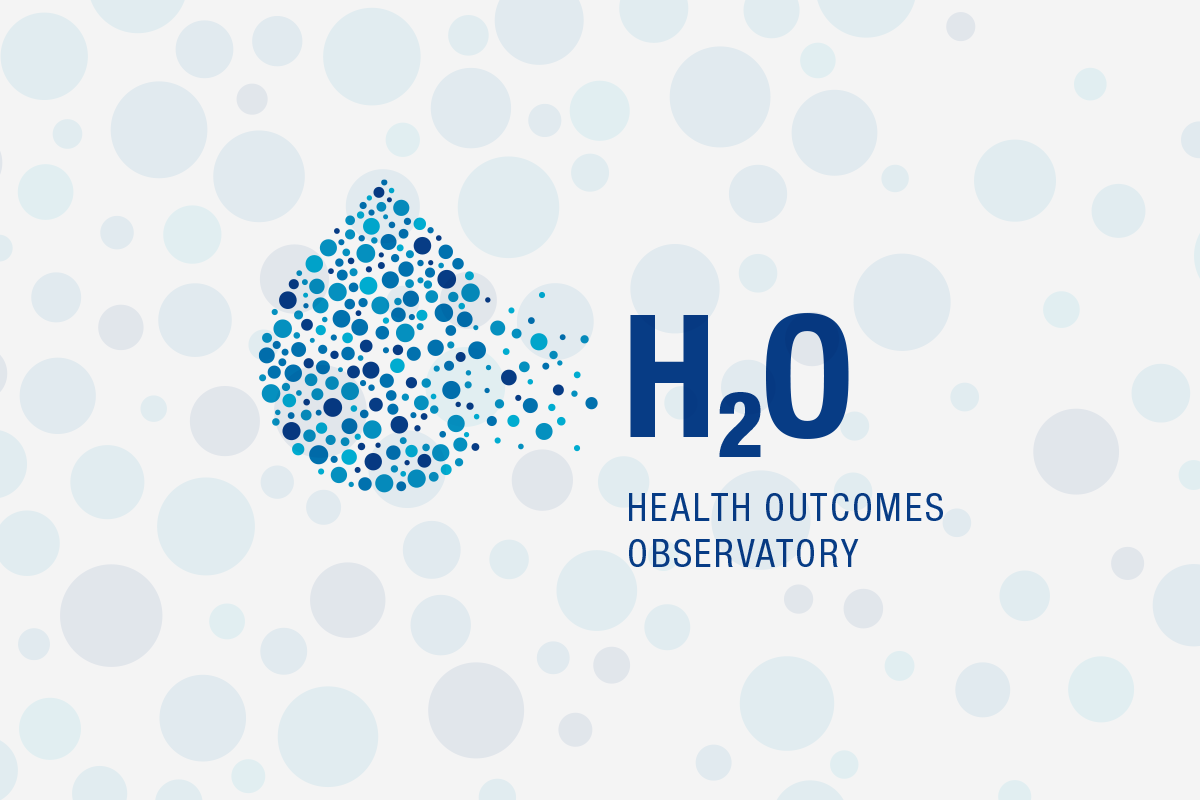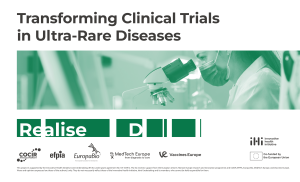Teamit Research participates in the Health Outcomes Observatory (H2O) project which focuses on the creation of an innovative, ethical framework to collect and govern patient reported outcomes in Europe and beyond. The project is led by the pharmaceutical company Takeda and coordinated by the Medical University of Vienna. The H2O Consortium is formed by 23 partners from both the public and private sector.
The Health Outcomes Observatory (H2O) project has just started working in the design of an innovate framework to allow health data to be collected and used in a structured, ethical, and meaningful way with a view to generate a positive impact on a wide community of stakeholders: from patients and health care providers to researchers, the industry or health authorities. Indeed, H2O intends to give patients in Europe a bigger and more influential voice in their individual and collective health care. At the same time, structured data on outcomes reported by patients can contribute to advance research, support a value- based approach in health care systems and ensure that new drugs under development are more patient friendly.
Besides developing this new framework, the project will set up independent organisations – the observatories – in four European countries (Austria, Germany, the Netherlands and Spain), initially focused on diabetes, inflammatory bowel disease and oncology. H2O aims to eventually launch observatories throughout Europe, covering many more disease categories.
H2O is funded by the Innovative Medicines Initiative (IMI), the world’s biggest public-private partnership in life sciences, backed by the European Union and the European Federation of Pharmaceutical Industries and Associations (EFPIA) and Trial Nation and JDRF. The project has a total budget of € 20.4 Million and will conclude in 2025.
Teamit Research was involved in writing the proposal, building the partnership, and negotiating the Consortium Agreement and it will now have an active role in the strategic direction and management of the project. It will also contribute to risk management and to the design and implementation of the communication and dissemination strategy.




